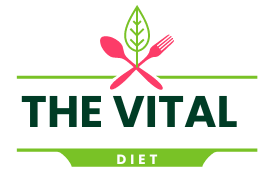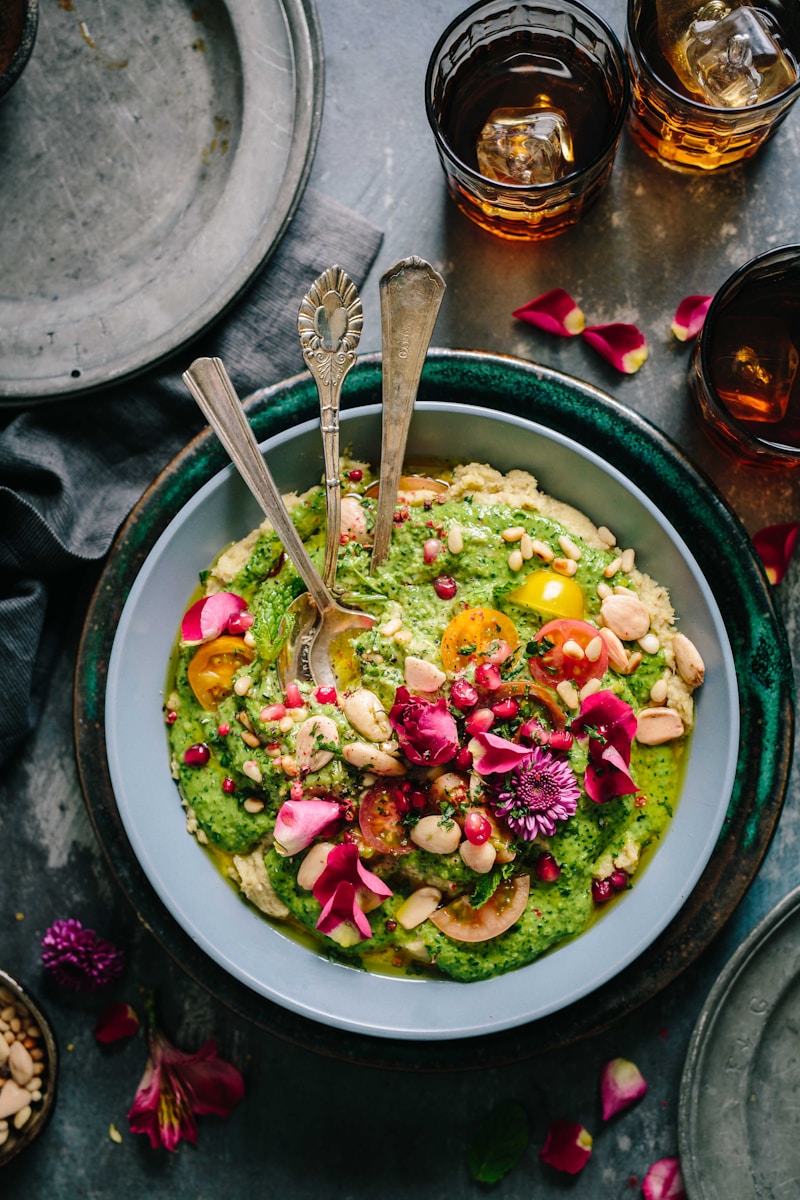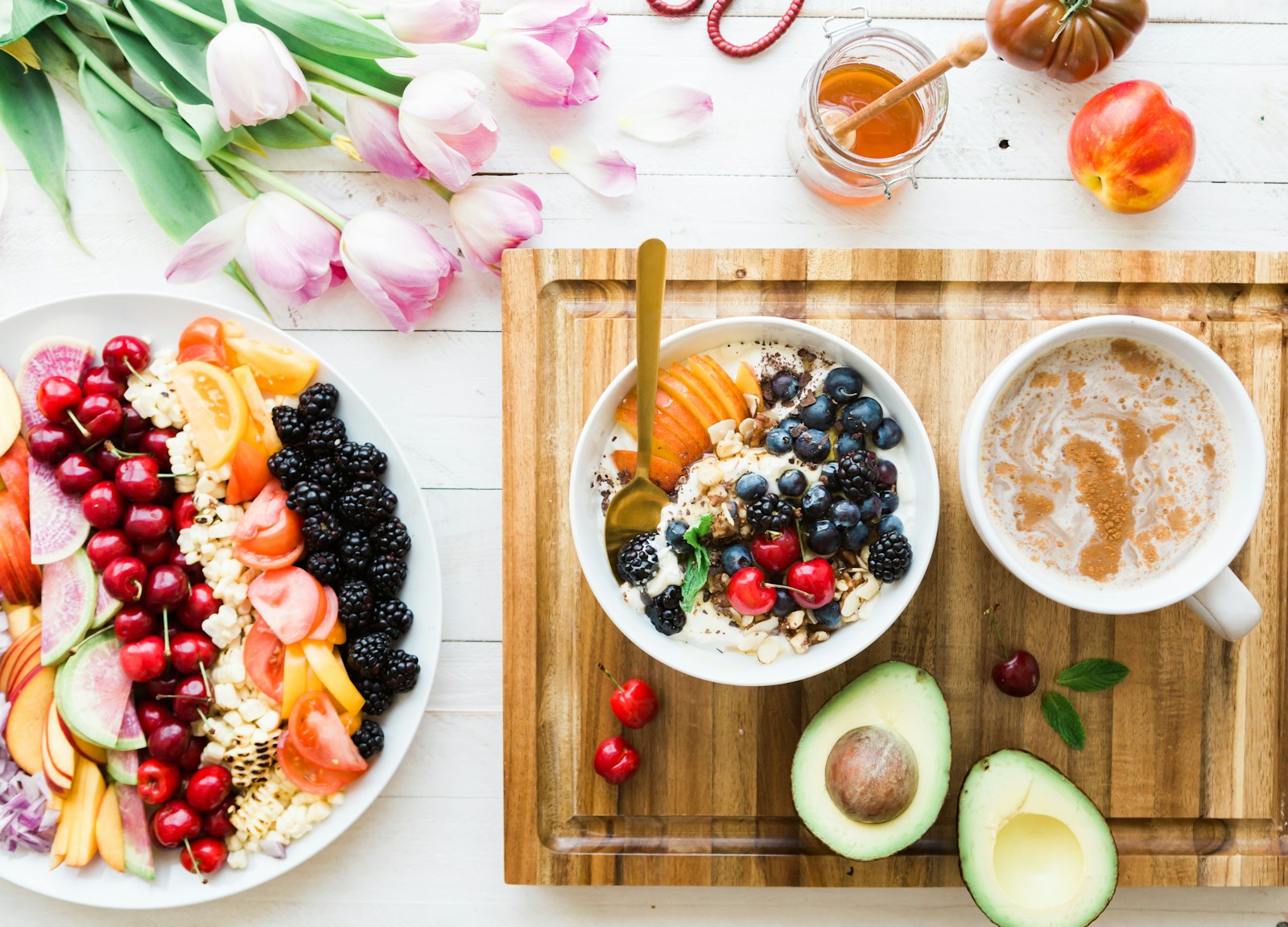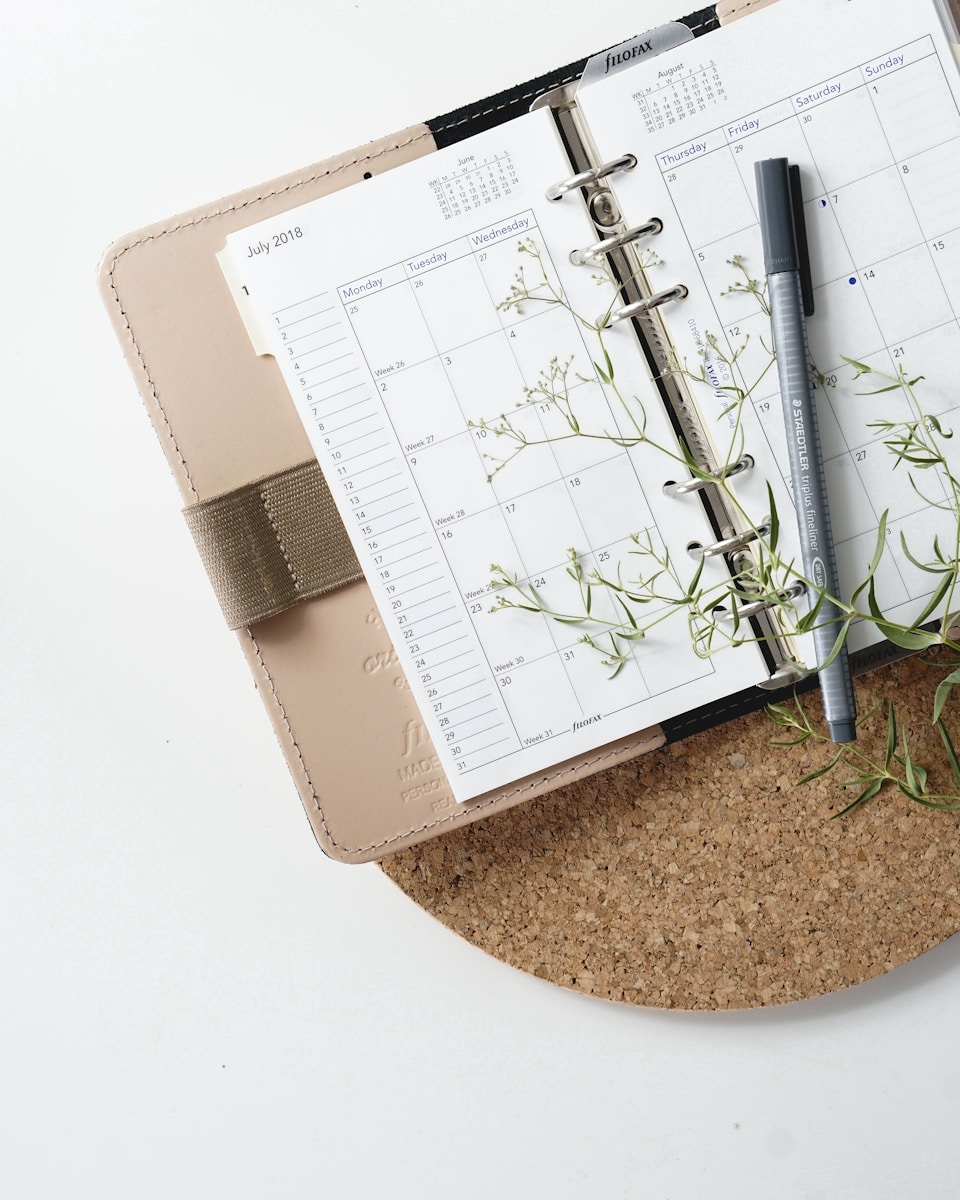
Embarking on a new diet can be a daunting task. Whether it’s getting started or maintaining your diet, planning your meals can make all the difference. In this article, we will walk you through a comprehensive 7-day Paleo meal plan and recipe prep guide to help you keep on track.
The Paleo diet, also known as the caveman diet, is a dietary plan based on foods consumed during the Paleolithic era. This diet primarily includes whole foods, lean proteins, fruits, vegetables, and nuts, while avoiding processed foods, grains, and dairy.
Note: Always consult with a healthcare provider or a registered dietitian before starting a new diet plan.
Why is Nutrition Essential for the Paleo Diet?
The Paleo diet is based on the theory that human beings thrive best on what they need, which is represented by the foods consumed during the Stone Age or Paleolithic era, over 2 million years ago. Humans were hunter-gatherers back then, and their diet was primarily composed of animal-based proteins, fruits, vegetables, nuts, and seeds.
The key to a successful Paleo diet is eliminating all grains, legumes, dairy, added sugars, artificial sweeteners, and most processed foods. Other than that, there aren’t any strict rules to follow, calorie limits, or macronutrient recommendations. The focus is on consuming a variety of nutrient-dense foods.
A Sample 7-Day Paleo Diet Menu
This 7-day meal plan is designed for an individual who needs about 2,000 calories per day without any dietary restrictions. However, everyone’s caloric needs vary, so it’s essential to adjust this plan to your specific needs. If you need assistance, consider working with a registered dietitian or speaking with a healthcare provider.
Tip: The Paleo diet does not provide macronutrient ratios. Make food swaps as long as the food swap is permitted on the Paleo diet.
Here’s a sneak peek into the 7-day Paleo meal plan:
Day 1
Breakfast
- 3 large eggs, scrambled
- Three slices bacon, cooked
- 1 medium orange
Snack
- 1 cup sliced carrots
- 1 cup grapes
- 1 ounce cashews
Lunch
- 4 ounces grilled chicken breast
- 2 cups spinach leaves
- 1 cup sliced strawberries
- 1 ounce walnuts
- 1 tablespoon olive oil
- 1 tablespoon balsamic vinegar
Snack
- 1 medium banana
- 2 tablespoons almond butter
Dinner
- 6 ounces baked cod
- 1 cup baked sweet potato
- 1 cup steamed broccoli
Day 2
Breakfast
- 3 large eggs cooked into an omelet with 2 tablespoons chopped tomato and 1/4 cup sliced mushrooms
- 1/2 avocado
- 1/2 cup blueberries
Snack
- 1/2 avocado sprinkled with sea salt
- 1 cup grapes
Lunch
- 6 ounces grilled or baked salmon
- Six asparagus spears, steamed or roasted
Snack
- Chia pudding (Combine 1/2 cup unsweetened coconut milk with 2 tablespoons chia seeds. Cover and refrigerate overnight. Stir in 1 ounce chopped almonds and 1/4 cup blueberries.)
Dinner
- 3 ounces roasted chicken
- 1 cup roasted plantains
- 1 cup steamed broccoli
Day 3
Breakfast
- Smoothie (1 medium banana, 1 cup chopped kale, 1/2 avocado, 1 cup chopped green apple, 1 cup unsweetened almond milk)
Snack
- 22 grain-free crackers
- 1/4 cup guacamole
- 1 red bell pepper, sliced
Lunch
- Chicken salad (4 ounces leftover roast chicken, 2 tablespoons avocado oil mayonnaise, dash of sea salt and pepper)
- 1 cup grapes
Snack
- 1 cup sliced carrots
- 1 cup sliced cucumber
- 1 medium orange
Dinner
- Beef stir fry (4 ounces sliced top round sautéed with 1 cup frozen stir fry vegetables, 2 tablespoons coconut oil, and 3 teaspoons coconut aminos)
Day 4
Breakfast
- Two scrambled eggs
- Three slices bacon
- 1/2 grapefruit
Snack
- 1 large apple
- 2 tablespoons almond butter
- 1 cup sliced celery
Lunch
- Two servings Chicken, Vegetable, and Ginger Soup
- 22 grain-free crackers
Snack
- One scoop paleo-friendly protein powder, such as pea protein or hemp
- 1 tablespoon cocoa powder
- 1 cup unsweetened coconut milk
- One frozen banana
Dinner
- 4 ounces grilled chicken breast
- 1 cup steamed mixed vegetables
Day 5
Breakfast
- One serving Almond Meal Pancakes
Snack
- Three hard-boiled eggs
- 1 cup sliced carrots
Lunch
- 2 cups mixed salad greens
- 4 ounces canned solid white tuna, drained
- 2 tablespoons sunflower seeds, shelled
- 1 tablespoon olive oil
- 1 tablespoon lemon juice
Snack
- 1 tablespoon dried cranberries
- 1 ounce walnuts
- 1 ounce almonds
- 1 tablespoon raisins
Dinner
- 4 ounces grilled sirloin steak
- 1 cup steamed broccoli
Day 6
Breakfast
- One serving Vegetable Frittata (spinach, mushrooms, tomatoes, and coconut milk)
- 1/2 grapefruit
Snack
- 20 roasted plantain chips
- 1/4 cup guacamole
Lunch
- 4 ounces baked salmon
- 1 cup roasted butternut squash in 1 tablespoon olive oil
- Six roasted asparagus spears
Snack
- 3 ounces beef jerky
Dinner
- 6 ounces grilled chicken breast
- 1 large baked sweet potato
- 1 cup steamed mixed vegetables
- 1 tablespoon olive oil
Day 7
Breakfast
- Smoothie (one scoop vanilla paleo-friendly protein powder such as pea or hemp, 1 cup frozen mixed berries, 1 cup coconut milk)
Snack
- Three servings Healthier Deviled Eggs (use avocado oil mayonnaise in place of Greek Yogurt)
Lunch
- One serving California Summer Omelet (omit the corn and cheese)
- 1 red bell pepper, sliced
Snack
- 3 ounces beef jerky
- 1 cup grapes
Dinner
- 4 ounces sautéed ground turkey breast in 1 tablespoon olive oil
- 2 tablespoons paleo-friendly tomato sauce
- 2 cups roasted spaghetti squash
Tips for Meal Planning on the Paleo Diet
- Prep in advance: Allocate some time at the end of the week or the night before to prep your meals and snacks. This can save you a lot of time and stress during the week.
- Keep it simple: Choose recipes with simple ingredients that can be quickly prepared using fresh or frozen ingredients.
- Stock your pantry and freezer: Keep your pantry and freezer stocked with healthy Paleo-friendly foods. This can make meal prep much easier, especially when you’re short on time.
- Make homemade sauces and dressings: Since the Paleo diet is particular about ingredients, many store-bought sauces and dressings contain ingredients that are not Paleo-friendly. Making your own sauces and dressings can help you stick to the diet.
- Use leftovers: Turn your leftovers into breakfast or lunch for the next day. This can save you time and reduce food waste.
Final Thoughts
The Paleo diet is a restrictive dietary plan that focuses on whole foods. While it can be challenging to follow, with careful planning and preparation, it can be made more manageable.
Remember, it’s essential to consult with a healthcare provider or a registered dietitian before starting any new diet plan. They can provide personalized advice and guidance based on your specific needs.
If you or a loved one are struggling with an eating disorder, it’s crucial to seek professional help. Contact the National Eating Disorders Association (NEDA) Helpline for support at 1-800-931-2237.





